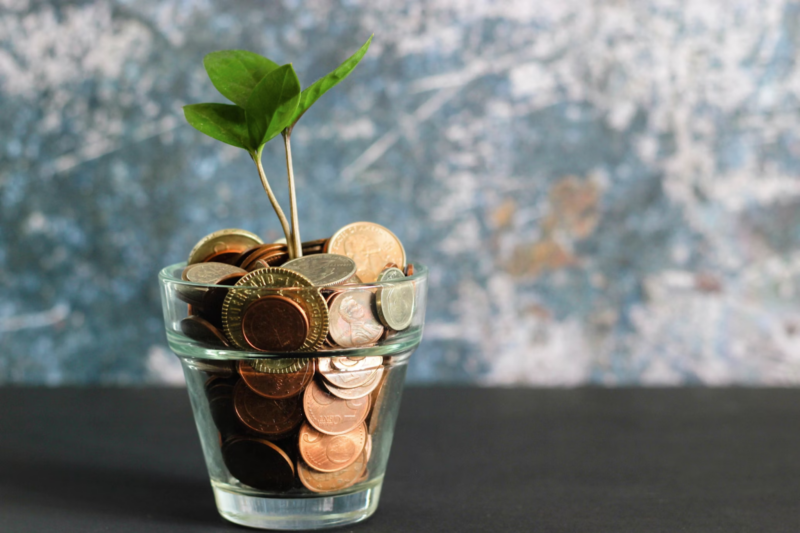
Amchankhang
The Amchankhang tradition is a fascinating cultural practice that holds deep significance in certain communities. Originating from the indigenous tribes of [specific region or community], this tradition encompasses various customs and rituals that have been passed down through generations.
One key aspect of the Amchankhang tradition is its emphasis on communal harmony and togetherness. During special occasions or festivals, community members come together to participate in joyful celebrations marked by music, dance, and feasting. These gatherings not only strengthen social bonds but also serve as an opportunity for younger generations to learn about their heritage and preserve their cultural identity.
Another notable element of the Amchankhang tradition is its connection to nature and spirituality. Many rituals are centered around natural elements such as rivers, mountains, and forests, highlighting the close relationship between humans and the environment. Through these practices, individuals seek blessings from ancestral spirits or deities for prosperity, health, and overall well-being.
Overall, the Amchankhang tradition offers a unique glimpse into the rich cultural tapestry of [specific region]. It is a testament to the resilience and vibrant diversity of these communities who continue to uphold their traditions amidst modernization. In the following sections, we’ll delve deeper into the specific customs and rituals associated with this captivating tradition.

History of the Amchankhang Tradition
The Amchankhang tradition has a rich and fascinating history that dates back centuries. Let’s delve into the origins and evolution of this unique cultural practice.
- Origins: The Amchankhang tradition originated in the mountainous regions of [insert region/country]. It was developed by indigenous communities as a way to promote healing and well-being using natural remedies derived from local plants, herbs, and minerals.
- Ancient Practices: In ancient times, Amchankhang practitioners, known as “Amchis,” were highly respected members of their communities. They possessed deep knowledge passed down through generations, combining elements of herbal medicine, acupuncture, massage therapy, and spiritual healing techniques.
- Integration with Buddhism: During the spread of Buddhism in the region, the Amchankhang tradition became intertwined with Buddhist philosophy and principles. This integration further enriched its practices by incorporating mindfulness meditation and energy balance concepts into treatment methods.
- Transmission of Knowledge: Traditionally, the secrets of Amchankhang were handed down orally from master to apprentice within specific lineages or families. This ensured that the wisdom and expertise were preserved while maintaining a sense of exclusivity within these closely-knit communities.
- Modern Recognition: With increasing interest in alternative medicine practices worldwide, the Amchankhang tradition gained recognition beyond its place of origin. Today, it is acknowledged as a valuable healing system that complements conventional medical approaches in treating various ailments.
- Scientific Validation: Over time, scientific studies have started shedding light on the efficacy of certain traditional remedies used by Amchis. Researchers are exploring potential bioactive compounds present in these natural ingredients that could contribute to modern pharmaceutical advancements.
Through its long-standing history and continuous evolution, the Amchankhang tradition has remained a testament to the wisdom of ancient healing practices. Today, it stands as a bridge between traditional knowledge and modern medicine, offering a unique approach to well-being rooted in nature’s bounty.










